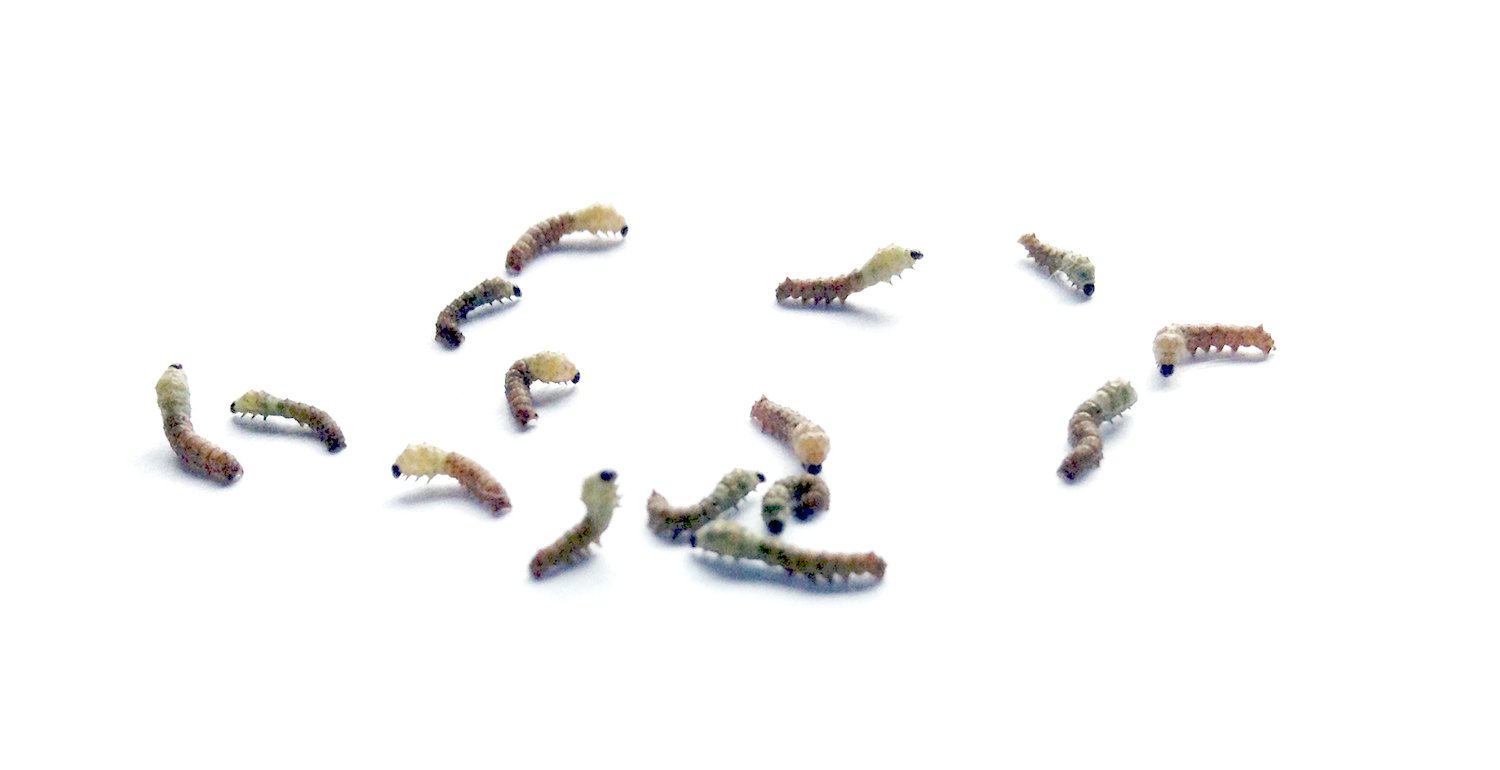Blog

HOW TO PRODUCE SILK - practical workshops and demonstrations at Quinta de Serralves
On Saturday June 11, Saber Fazer brings to Serralves a day entirely dedicated to silk fibre and its small-scale production, with demonstrations, experiments and guided tours of silkworm rearing, which is taking place for the second year running at Quinta de Serralves.

Cocooning
Half of our silkworms have entered the last instar and have started to feed on black mulberry leaves like crazy, as they should in the days before cocooning.


It's that time of the year again
Yes, it's true. I didn't even finish telling the story of last year's silkworm raising and silk reeling and the 2016 silkworms are here already. But that's what happens when you want to get a farm to produce, wool, flax, silk, write about that, make a study about portuguese wool, run a shop and also have a baby by the way.

The first one to form a cocoon
The thought on my mind was “But when will these silkworms start cocooning?”, when we found this pioneer working on her cocoon, on one of the sides of the wooden trays.

Watching them grow
They are born measuring about 1mm and they grow to be approximately 7,5cm, before starting to show cocooning signs. When I suggested to raise silkworms in Serralves, for textile purposes, I was thinking about starting with a few - something around 150, not only because we were doing it for the first time, but also because I wasn’t sure about how much food they needed and if the Serralves mulberry trees were enough.

No silkworm will be left behind
When the silkworms are just babies, they take up a single tray, and cleaning up one tray is quick and easy. But when they start to grow, we need to spread them along several trays, so they have enough room, and suddenly, cleaning up 11 trays isn’t that quick.


Housing extension
The silkworms are constantly growing and the number of trays grow with them. From one tray we went to have five. The number of caterpillars per tray should be controlled and they should be spread out as much as possible.

Instars and moultings
Silkworms, in the larval stage, go through an enormous size increase and, periodically, they need to shed their skin in order to be able to grow - they are born with just a few millimeters and they grow to be 7 or 8cm long before cocooning.

Clean. Feed. Repeat.
During the growth weeks in between the hatching and the cocooning, silkworm rearing is basically about cleaning the installations, feeding them, and repeat the process while we watch them grow.

The silkworm eggs
My first idea, to find someone who could offer us the silkworm eggs, was to contact the Centro de Artesanato de Freixo de Espada à Cinta. That's where, back in 2011, I got to see the whole cycle, from egg to yarn. But I hadn't been there since that time, and I came to know only now, that the Center was shut down in mid 2012.

